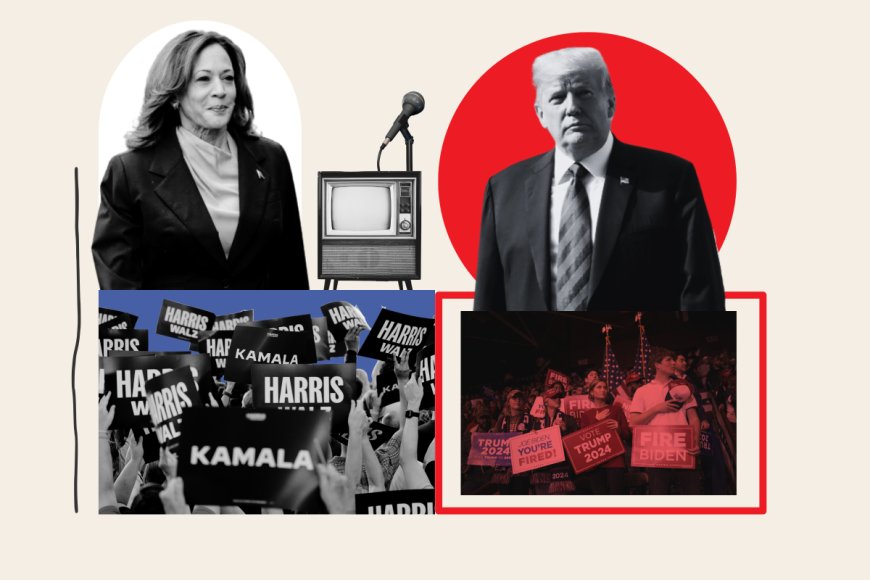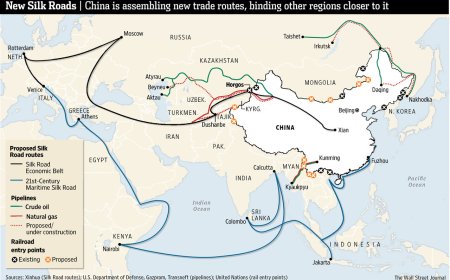Harris vs. Trump: Contrasting Campaign Strategies

As the 2024 presidential race heats up, Vice President Kamala Harris and former President Donald Trump are positioning their campaigns in markedly different ways.
Strategy Shift: Harris’s campaign is embracing an “underdog” narrative despite her advantages. This messaging shift reflects a strategic effort to temper expectations and galvanize support. Campaign Chair Jen O’Malley Dillon, who previously expressed confidence in President Biden’s prospects, is now framing Harris as a challenger facing significant hurdles.
Fundraising and Enthusiasm: Harris’s campaign has seen a surge in fundraising, raising over $300 million in August. This financial boost, combined with heightened enthusiasm and increased volunteerism, underscores the campaign’s attempt to build momentum. However, O’Malley Dillon has acknowledged the potential pitfalls of complacency, highlighting concerns about the race’s close nature.
Polling and Battlegrounds: Despite strong fundraising and grassroots support, polls show the race is tightly contested, with Harris and Trump often within the margin of error in key battleground states. The campaign’s focus is on states like North Carolina, where Harris’s efforts are challenging Trump’s traditional strongholds.
Trump’s Confidence and Strategy
Blowout Ambition: Trump’s campaign is projecting a high level of confidence, with Trump himself claiming that a “blowout” victory is within reach. This assertive approach reflects a belief in strong support and momentum, though internal sources acknowledge the need to stay vigilant and active.
Campaign Activities: Trump’s team is actively engaging with voters through frequent media appearances and rallies. Despite the confident public stance, the campaign remains focused on maintaining momentum and securing victories in crucial states.
Criticism of Harris: Trump’s campaign portrays Harris as responsible for current administration issues and argues that she is not the underdog but rather a high-profile figure whose candidacy should be challenged on its merits. Trump’s spokeswoman, Karoline Leavitt, underscores this position, emphasizing the need to address Harris’s record and campaign messaging.
Race Dynamics and Challenges
Historical Context: The Democratic campaign is wary of repeating past mistakes, such as those seen in Hillary Clinton’s 2016 race, where overconfidence led to unexpected losses. Harris’s campaign, despite its reinvigorated base, is aware of the importance of a strong, targeted effort in battleground states.
Polling Insights: According to Patrick Murray of Monmouth Poll, the race remains fluid, with recent trends showing a competitive environment. The focus is on key demographics and battleground states, particularly Pennsylvania, where Trump’s appeal to rural voters is a significant factor.
Campaign Sentiments: Analysts note that while Harris may be positioned as an underdog in some models, the race is competitive and could swing in various directions based on campaign dynamics and voter sentiment.
Conclusion
As the election approaches, both campaigns are employing distinct strategies to shape voter perception and secure electoral victories. Harris’s team is leveraging an underdog narrative to rally support and address voter concerns, while Trump’s campaign projects confidence and maintains an aggressive outreach strategy. The outcome will depend on the effectiveness of these strategies in key battleground states and the overall voter sentiment in the final stretch of the race













































